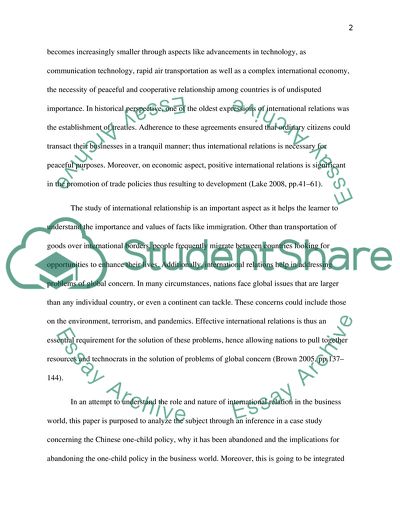Cite this document
(“International relations: China abolishes the one-child policy Essay”, n.d.)
Retrieved from https://studentshare.org/law/1701626-international-relations-china-abolishes-the-one-child-policy
Retrieved from https://studentshare.org/law/1701626-international-relations-china-abolishes-the-one-child-policy
(International Relations: China Abolishes the One-Child Policy Essay)
https://studentshare.org/law/1701626-international-relations-china-abolishes-the-one-child-policy.
https://studentshare.org/law/1701626-international-relations-china-abolishes-the-one-child-policy.
“International Relations: China Abolishes the One-Child Policy Essay”, n.d. https://studentshare.org/law/1701626-international-relations-china-abolishes-the-one-child-policy.


